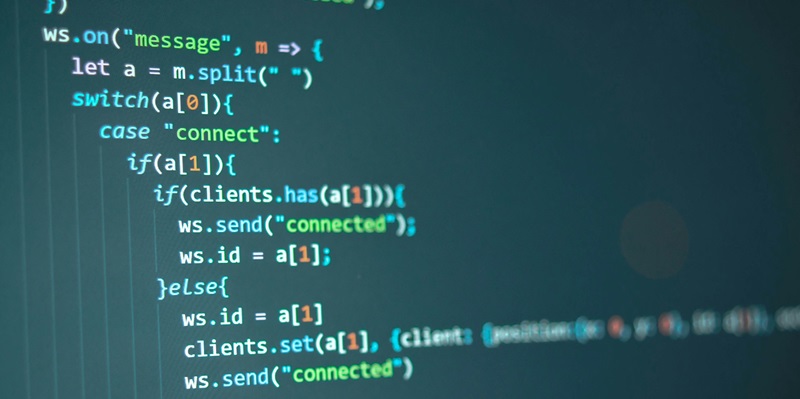In a shocking development, the well-known ransomware group, Akira, has dealt a significant blow to cosmetics powerhouse Lush. With nearly 30 years in operation and roughly 1,000 stores worldwide, Lush has been a trusted brand in the beauty industry. However, a recent ransomware incident involving unauthorized access to part of Lush’s UK IT system has showcased the increasing threat posed by cybercriminals. This article delves into the details of the attack, analyzes the response, and highlights crucial cybersecurity lessons we can learn from this incident.
The Ransomware Incident
Lush, a long-standing British cosmetics retailer, recently encountered a ransomware attack that compromised part of its UK IT system. The breach initially caused some disruption within the organization; however, Lush managed to restore operations promptly. Thankfully, crucial customer data, including credit card information, e-commerce platforms, and retail payment gateways, remained untouched by the incident. The company’s swift response and robust security measures helped prevent further damage to customer information.
Timeline of the Incident
On January 11th, Lush publicly acknowledged the cybersecurity incident that had befallen the company. Just a few days later, the name of Lush appeared on the data leak site operated by the notorious Akira ransomware gang. This development sent shockwaves through the industry, raising concerns about the potential exposure of sensitive corporate and customer information.
Claims by the Akira Gang
The Akira gang responsible for the attack wasted no time in asserting their control over the situation. They made audacious claims regarding the data they had exfiltrated from Lush. While the extent of the stolen data remains unclear, the incident serves as a stark reminder of the increasing prominence of ransomware groups like Akira. Their ability to exploit vulnerabilities and hold organizations hostage merits serious attention from companies across all sectors.
Lessons Learned and Recommendations
The Lush ransomware incident underscores the urgent need for enhanced cybersecurity measures in organizations worldwide. The following lessons and recommendations emerge from this alarming episode:
Timely patching of all externally facing network components is essential to minimize vulnerabilities. Companies must prioritize regular updates and ensure their systems are fortified against potential threats.
By implementing multi-factor authentication for all remote access technologies, organizations can bolster their security defenses. This additional layer of protection reduces the risk of unauthorized access and minimizes the potential impact of a breach.
The attack on Lush by the Akira ransomware gang serves as a wake-up call for businesses and consumers alike. With cyber threats growing in sophistication, the protection of sensitive data remains paramount. Lush’s prompt response and limited impact on customer data are commendable. However, it is crucial for companies to remain vigilant, invest in robust cybersecurity infrastructure, and adapt to evolving threats. By implementing necessary preventive measures and prioritizing cybersecurity, organizations can safeguard their operations and instill confidence in their customers.
As the threat landscape continues to evolve, the incident involving Lush and the Akira gang reminds us of the critical importance of cybersecurity. Every organization must make cybersecurity a top priority, ensuring the protection of their data, infrastructure, and reputation. Only through proactive measures and ongoing vigilance can companies mitigate the risks posed by ransomware attacks and maintain the trust of their customers in the digital age.

